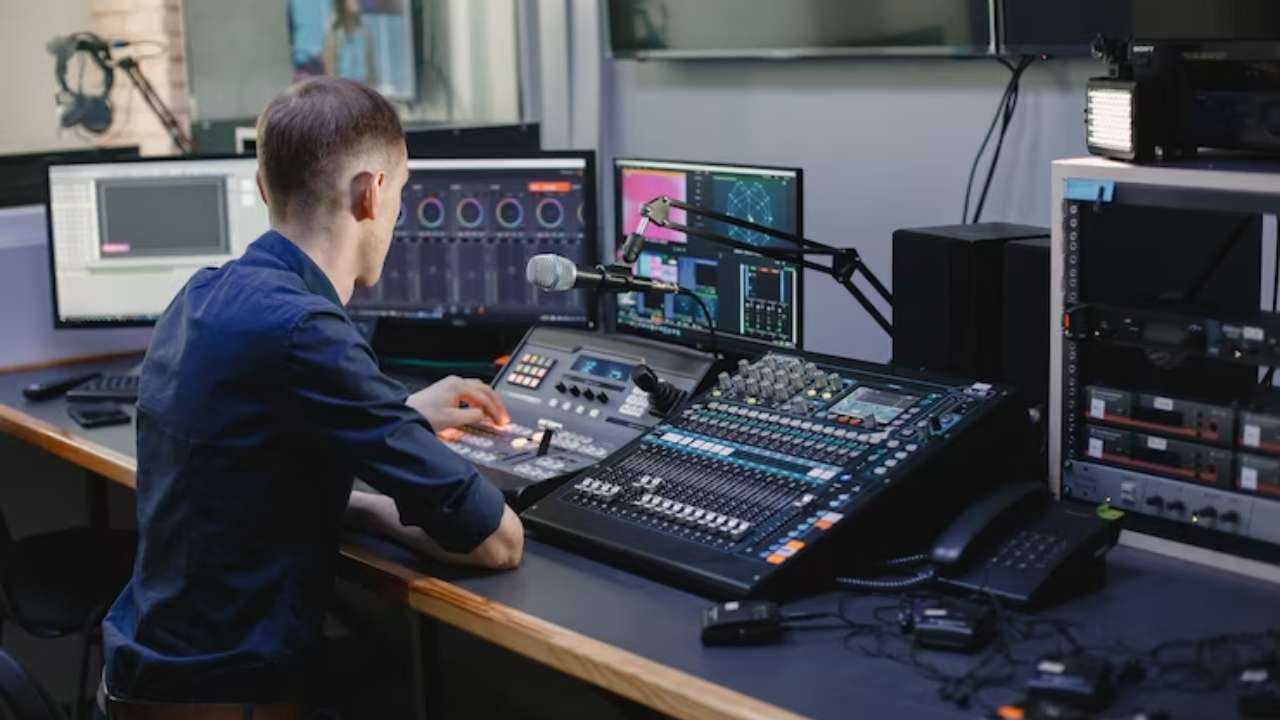Highlighting the Influence of Lighting Conditions on Movement Detection Precision and Reliability
Highlighting the Influence of Lighting Conditions on Movement Detection Precision and Reliability
Blog Article
Lighting conditions play a significant impact in the way well we can detect movement. Movement detection is a key component of different technologies, such as security cameras, automated lighting systems, and also certain video games. Comprehending the ways various lighting conditions affect our capacity to detect movement can help improve the development and efficacy of these systems. For example, inadequate lighting might lead to missed movements or incorrect alarms, while ideal illumination can enhance the accuracy of motion detection technologies.
In bright lighting environments, motion detection is generally more reliable. As there is sufficient light, sensors and cameras can obtain sharper images, which assists in recognizing dynamic elements. Well-lit environments allow for better distinction between the moving object and the background. This contrast is crucial for both human viewers and mechanical technologies, as it makes it simpler to differentiate between static and dynamic elements in a setting. Thus, ensuring that spaces are adequately illuminated can greatly improve the effectiveness of motion detection technologies.
Conversely, dim conditions can present difficulties for motion detection. In dim environments, darkness can hide dynamic objects, which makes them hard to detect. Additionally, the eye faces challenges to detect movement in low light, which can result in misinterpretation of the situation in the environment. Cameras might also advice face challenges, as many do not perform well in dim conditions without advice the use of infrared technology or alternative improvements. These limitations highlight the significance of adequate illumination in settings where motion detection is essential.
Moreover, various types of illumination can have different impacts on movement detection. For instance, neon lights can flash, which can mislead motion detection technologies that depend on steady illumination sources. On the other hand, daylight provides a steady form of lighting that improves visibility. Comprehending these differences in lighting conditions can assist operators in selecting the most appropriate lighting for specific applications, particularly in security and safety scenarios.
In summary, the connection between lighting conditions and motion detection precision is important. By making sure that settings are appropriately illuminated, we can improve the reliability of motion detection systems. This knowledge not only supports tech uses but also improves safety and security in multiple settings. As further developments are made in motion detection technology, taking into account illumination environments will continue to be a crucial consideration in optimizing effectiveness and ensuring that these systems work effectively in different environments.